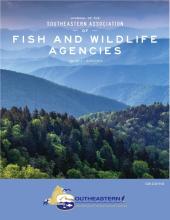Using GPS Telemetry to Determine Roadways Most Susceptible to Deer-vehicle Collisions
More than 1 million wildlife-vehicle collisions occur annually in the United States. The majority of these accidents involve white-tailed deer (Odocoileus virginianus) and result in >US $4.6 billion in damage and >200 human fatalities. Prior research has used collision locations to assess sitespecific as well as landscape features that contribute to risk of deer-vehicle collisions. As an alternative approach, we calculated road-crossing locations from 25 GPS-instrumented white-tailed deer near Madison, Georgia (n = 154,131 hourly locations). We identified crossing locations by...
